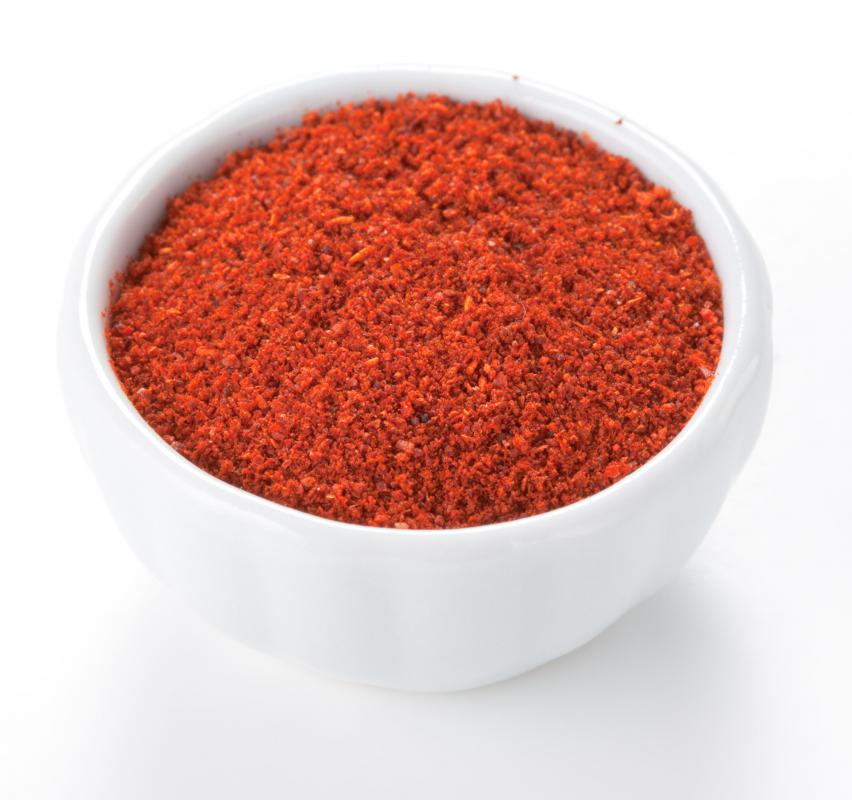At DelightedCooking, we're committed to delivering accurate, trustworthy information. Our expert-authored content is rigorously fact-checked and sourced from credible authorities. Discover how we uphold the highest standards in providing you with reliable knowledge.
What Is Kishke?
Kishke is a type of sausage made in Jewish cuisine that consists of a casing stuffed with a mixture of vegetables, spices and matzo meal that is drenched in chicken fat and then cooked. The authentic recipe calls for a casing made from the intestines of cows. The sausages can be steamed or boiled before being baked in an oven. The name "kishke" is Yiddish and means "intestines", although it is very similar to the Slavic word kishka, which also means "intestines" but refers to a broader range of sausages often made with blood and pork casings. In Jewish cuisine, kishke is often used as an ingredient in a type of stew known as cholent, which is cooked slowly and eaten on the Sabbath.
One of the ingredients used when making kishke is beef intestines, which is what gives the dish its name. These were originally used as the casing for the filling. The intestines were cleaned and then boiled before being stuffed, providing a unique and sometimes strong flavor to the sausage. Over time, some countries, including the United States, banned the sale of beef intestines. This led to the use of artificial casings made of collagen or different types of non-edible casings, such as parchment or plastic, which are removed before the sausage is consumed.

The traditional filling for kishke starts with carrots, celery and onions that are finely diced. Sometimes they are parboiled or quickly fried, but they also can be added raw. In addition, garlic, salt, pepper and paprika are added to the mixture. The paprika used in most recipes is the hot variety rather than the sweet type.
The spices and vegetables are placed in a bowl and matzo flour is added. Matzo is the primary ingredient that will fill out the inside of the kishke and provide it with a firm, binding texture. For a smooth filling, the mixture can be placed in a food processor so all of the ingredients are minced into small, similarly sized pieces.

In the authentic recipe, moisture is added to the mixture through the use of schmaltz. This is the liquid that results from rendering chicken fat. The chicken fat adds a depth of flavor and is often paired with matzo meal in other dishes. If schmaltz is not used, then any liquid from stock to margarine can be substituted. Everything is mixed until well incorporated.
The filling is then stuffed into a casing. This can be a natural or artificial casing, or it can be something else completely. If the filling is loose, then foil or parchment can be used. A casing might not be needed if the mixture is firm enough to be formed into sausage-like pieces and placed on a baking sheet without falling apart.
A kishke is baked at a high temperature for a short time, after which it is roasted slowly until done. The balance of the vegetables, matzo and fat is important when making the sausages, because the matzo can quickly form a solid, inedible block or become a chalky, crumbling mess. Completed kishke can be served hot, in soup or stew, or eaten with other vegetables.
AS FEATURED ON:
AS FEATURED ON:












Discuss this Article
Post your comments